Home>diy>Architecture & Design>When Do You Require A Soil Report For House Design?
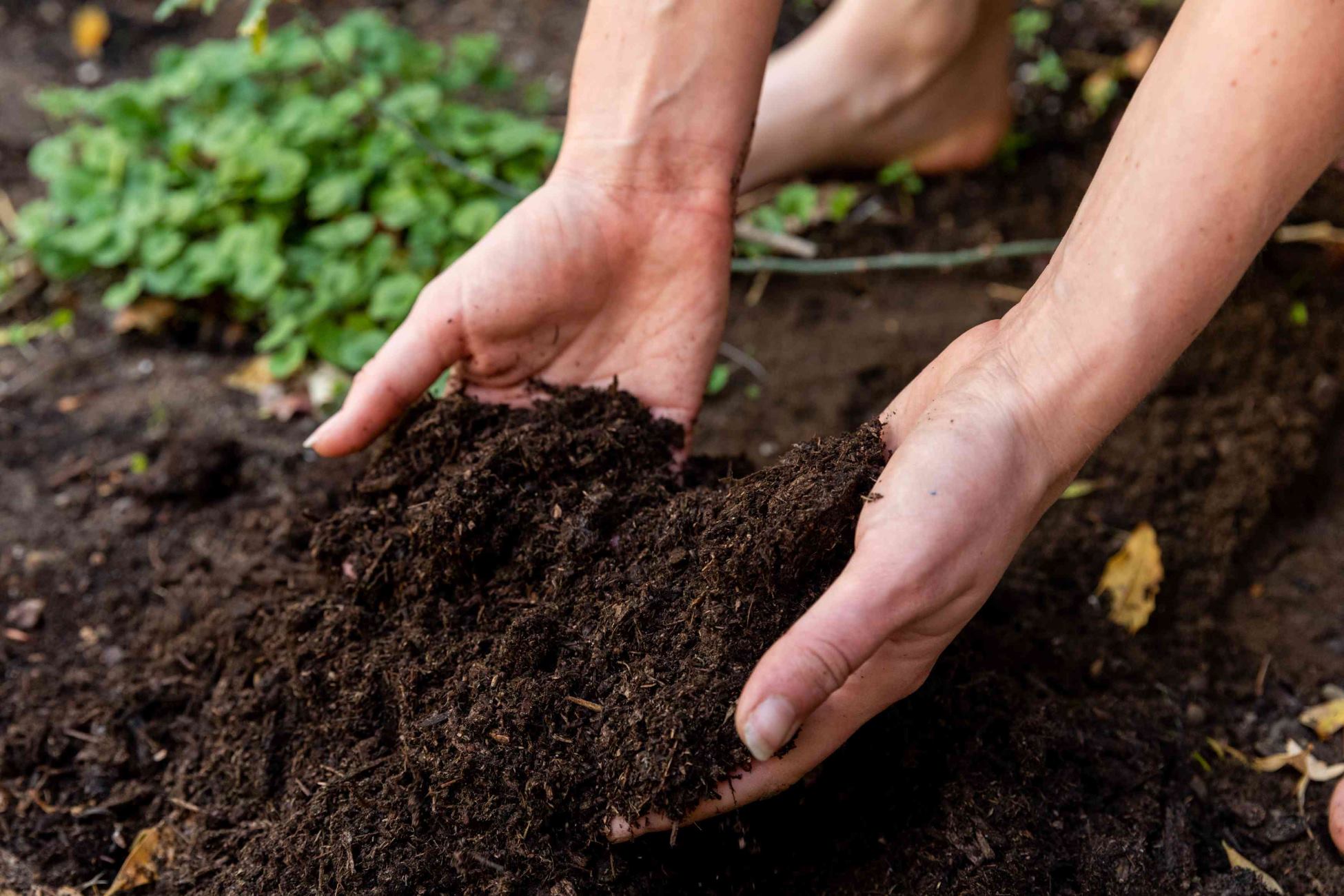

Architecture & Design
When Do You Require A Soil Report For House Design?
Modified: March 6, 2024
Learn when and why you need a soil report for house design. Find expert advice and guidelines from architecture-design specialists.
(Many of the links in this article redirect to a specific reviewed product. Your purchase of these products through affiliate links helps to generate commission for Storables.com, at no extra cost. Learn more)
Introduction
When it comes to designing and constructing a house, there are several crucial factors that need to be considered. One of the most important aspects is the soil on which the house will be built. Understanding the characteristics of the soil is vital in determining how well the structure will endure over time.
This is where a soil report becomes indispensable. A soil report is a comprehensive analysis that provides detailed information about the soil composition, stability, and suitability for construction. It helps architects, engineers, and builders make informed decisions about the design and foundation of the house.
In this article, we will delve into the importance of soil reports in house design and discuss the factors that determine when you need one. Whether you are planning to build a new house, apply for a building permit, renovate an existing structure, or live in a high-risk area, understanding the significance of soil reports will contribute to the long-term stability and safety of your home.
Key Takeaways:
- Soil reports are crucial for house design, helping architects and builders understand the soil’s strength, stability, and potential risks. They ensure safe and resilient foundations, saving costs in the long run.
- High-risk areas require specialized soil reports to address geological hazards and challenging soil conditions. By understanding the unique soil characteristics, structures can be designed to withstand environmental challenges.
Read more: When Do You Plant An Avocado Seed In Soil
Understanding Soil Reports
A soil report is a document that provides detailed information about the soil conditions at a particular location. It is typically prepared by a geotechnical engineer or a soil testing laboratory and provides valuable insights into the soil’s composition, strength, and stability.
Soil reports typically include data obtained through a series of tests and analyses, such as soil borings, laboratory testing, and geotechnical surveys. These tests measure various properties of the soil, including its bearing capacity, moisture content, compaction, and permeability.
The data collected from the tests is presented in the soil report in an easy-to-understand format. This includes charts, graphs, and tables that provide a clear picture of the soil’s characteristics. The report also includes recommendations for the type of foundation and construction techniques that are suitable for the specific soil conditions.
Understanding a soil report can be a bit overwhelming for those who are not familiar with engineering terminology. However, it is crucial to review the report carefully and consult with professionals to ensure that the information is interpreted correctly.
Some of the key components of a soil report include:
- Boring logs: These logs provide detailed information about the soil layers encountered during the drilling process. They describe the depth, color, texture, and composition of each layer.
- Laboratory test results: These results include data on the soil’s shear strength, moisture content, and classification.
- Settlement analysis: This analysis determines the potential for soil settlement under the weight of the structure.
- Bearing capacity: This refers to the ability of the soil to support the load of the building without excessive settlement.
- Recommendations: The soil report provides recommendations for foundation design, construction techniques, and any necessary soil stabilization measures.
By understanding the information presented in a soil report, homeowners, architects, and builders can make informed decisions that will ensure the long-term stability and safety of the structure.
Importance of Soil Reports in House Design
Soil reports play a crucial role in house design as they provide critical information that influences the structural integrity and longevity of the building. Here are some key reasons why soil reports are essential:
1. Foundation Design: The foundation is the base upon which the entire structure rests. The soil report provides valuable insights into the soil’s bearing capacity, which determines the amount of load the soil can support. Understanding the soil’s strength helps architects and engineers design appropriate foundations that can withstand the weight of the building and prevent settlement issues.
2. Stability and Safety: Soil conditions directly affect a building’s stability and safety. Certain soil types, such as expansive clay or loose sand, can be prone to settlement, shifting, or landslides. By analyzing the soil report, professionals can identify any potential risks and design mitigation measures to ensure the structure remains stable and secure over time.
3. Cost Savings: Building on unsuitable soil conditions can lead to costly remedial measures in the future. Without a soil report, there is a risk of unexpected soil-related problems arising during construction or after the house is built. By conducting a thorough analysis of the soil prior to construction, builders can avoid costly surprises and potentially save money in the long run.
4. Tailored Design Solutions: Every soil condition is unique, and each requires specific design solutions. With the information provided in the soil report, architects and engineers can customize the design to suit the soil conditions of the site. This ensures that the building’s foundations and structural elements are appropriately designed to withstand the specific soil characteristics.
5. Compliance with Regulations: In many jurisdictions, obtaining a soil report is a requirement for obtaining building permits. Local building codes typically mandate the submission of a soil report to ensure that construction is carried out in compliance with safety and environmental regulations. By obtaining a soil report, homeowners can ensure that their construction project adheres to all necessary regulations and standards.
Overall, a soil report is an indispensable tool in house design. It provides critical information that allows for the development of tailored design solutions, ensures stability and safety, and helps avoid costly issues down the line. Architects, engineers, and builders must prioritize the inclusion of a soil report as part of the initial design process to create structurally sound and resilient houses.
Factors Affecting the Need for a Soil Report
The need for a soil report in house design can vary depending on several factors. While it is always recommended to conduct a soil analysis, certain circumstances make it even more crucial. Here are some factors that affect the need for a soil report:
1. Type of Construction: The type of construction being planned significantly impacts the need for a soil report. If you are building a simple single-story structure on stable soil, a basic soil analysis might suffice. However, for complex or multi-story buildings, especially those with heavy loads or unconventional designs, a detailed soil report is essential to ensure the stability and safety of the structure.
2. Soil Variability: Soil conditions can vary significantly even within a small area. If the construction site exhibits variations in soil composition or characteristics, a soil report becomes necessary. This is especially true when the variability can potentially impact the stability or performance of the structure.
3. Previous Site History: If the construction site has a history of soil-related issues such as settlement, landslides, or poor drainage, conducting a soil report is crucial. The report can reveal valuable information about the underlying causes of previous problems and guide the design of solutions to mitigate any potential risks.
4. Environmental Factors: Environmental factors can also influence the need for a soil report. Areas prone to flooding, seismic activity, or other natural hazards require a comprehensive soil analysis to assess the soil’s ability to withstand such conditions. Additionally, regions with a high water table or areas with expansive soil may require specialized testing and design considerations.
5. Local Building Regulations: Local building codes and regulations can dictate when a soil report is necessary. Some municipalities or jurisdictions require a soil report as a prerequisite for obtaining building permits. It is important to check with the local authorities to determine any specific requirements for your area.
6. Project Budget: While a soil report is highly recommended, budgetary constraints may influence the decision to conduct a comprehensive analysis. However, it is important to recognize that investing in a soil report can potentially save significant costs and headaches in the long run by avoiding unforeseen soil-related issues during construction or after the completion of the project.
Considering these factors can help determine the need for a soil report. It is important to consult with experienced geotechnical engineers or soil professionals who can assess the specific circumstances of your project and provide appropriate guidance. When in doubt, it is always better to err on the side of caution and conduct a soil analysis to ensure the structural integrity and longevity of the house.
Foundation Design and Soil Reports
The foundation is a critical component of any structure, serving as the base that supports the entire building. When it comes to foundation design, a thorough understanding of the soil conditions is essential. Soil reports play a vital role in guiding the design process and ensuring a safe and stable foundation. Here’s how soil reports influence foundation design:
Determining Bearing Capacity: One of the primary considerations in foundation design is determining the soil’s bearing capacity. The bearing capacity refers to the ability of the soil to support the load of the building without excessive settlement or failure. Soil reports provide valuable data on the soil’s strength and composition, allowing engineers to calculate and determine the appropriate foundation type and dimensions.
Selecting Foundation Types: Different soil types require different foundation types to ensure adequate support and stability. The information provided in soil reports helps engineers determine which type of foundation is most suitable for the specific soil conditions. Common types of foundations include shallow foundations, such as spread footings and slab-on-grade, and deep foundations, such as pile foundations and caissons.
Accounting for Soil Settlement: Soil settlement can occur over time due to various factors, such as soil compaction, moisture changes, or consolidation. Understanding the potential for settlement is crucial in foundation design to prevent structural issues and minimize any uneven settlement that could lead to cracks or damage. Soil reports provide valuable settlement analysis, allowing engineers to tailor the foundation design and incorporate measures to mitigate potential settlement issues.
Addressing Problematic Soil Conditions: Some soil conditions, such as expansive clay or loose sand, pose challenges for foundation design. Expansive soils can contract and expand significantly with moisture changes, putting stress on foundations and causing movement. Loose sand, on the other hand, may lack the necessary cohesion and stability to support the building. Soil reports help identify these problematic soil conditions and provide recommendations for appropriate foundation design and potential soil stabilization measures.
Considering Environmental Factors: Soil reports also take into account important environmental factors that can impact foundation design. Environmental factors include high water tables, seismic activity, or the presence of slope instability. By understanding these factors through the soil report, engineers can design foundations that can withstand the specific environmental challenges and ensure the longevity and safety of the structure.
Overall, soil reports are crucial in foundation design, providing essential information to engineers and architects for designing stable and durable foundations. By incorporating the recommendations and analysis from the soil report, the foundation design can be tailored to the specific soil conditions, mitigating potential risks and ensuring the structural integrity of the building for years to come.
Before designing a house, always get a soil report if the site has a history of soil issues, like erosion or poor drainage. This will help ensure a stable and safe foundation for your home.
Soil Reports for Building Permits
When applying for a building permit, many jurisdictions require a soil report as part of the permit application process. This is because soil reports play a critical role in ensuring the safety and stability of the proposed construction. Here’s why soil reports are necessary for building permits:
Compliance with Building Codes and Regulations: Building codes and regulations are put in place to ensure that construction projects meet certain safety standards. Soil reports provide essential information about the soil composition, bearing capacity, and other characteristics that help demonstrate compliance with these regulations.
Assessment of Stability and Structural Integrity: Building authorities need assurance that the proposed construction will not compromise the stability of the structure or neighboring properties. A comprehensive soil report assesses the soil’s stability, potential risk of settlement, and other factors that might affect the structural integrity of the building.
Verification of Foundation Design: Building permits often require verification of the proposed foundation design. A soil report provides the necessary information to assess whether the chosen foundation type and dimensions are suitable for the site’s specific soil conditions. This ensures that the foundation will adequately support the load of the building and prevent settlement issues.
Identification of Potential Hazards: Soil reports help identify potential hazards unique to the site, such as the presence of expansive soils, high water tables, or slope instability. These hazards can significantly impact the safety and longevity of the structure. By including a soil report with the building permit application, authorities can review and address any necessary mitigation measures to mitigate these risks.
Prevention of Construction Delays and Costly Remediation: Without a soil report, there is a higher risk of encountering unexpected soil-related issues during construction. This could lead to construction delays, unforeseen costs, and potential legal disputes. By requiring a soil report for building permits, authorities help ensure that potential soil-related problems are identified and addressed before construction begins, avoiding costly and time-consuming issues down the line.
It is important to note that the specific requirements for soil reports may vary depending on the jurisdiction. Some municipalities may require a basic soil analysis, while others may demand more detailed studies, especially in areas prone to geological hazards.
Consulting with a qualified geotechnical engineer or soil testing laboratory is crucial to obtain a comprehensive soil report that meets the requirements set by the building authorities. By including a soil report in your building permit application, you demonstrate your commitment to constructing a safe and compliant structure, ensuring the well-being and security of both the occupants and the surrounding community.
Soil Reports for Renovation Projects
When undertaking renovation projects, it is important to consider the soil conditions to ensure the stability and safety of the existing structure. Soil reports play a crucial role in providing valuable information that can guide the renovation process. Here’s why soil reports are necessary for renovation projects:
Evaluating Existing Foundation: Renovation projects often involve modifications or additions to the existing structure. Before making any changes, it is essential to evaluate the condition and suitability of the current foundation. A soil report provides insights into the soil’s bearing capacity, settlement history, and other factors that help determine if the existing foundation can support the planned renovations.
Assessing Soil Stability: Any structural modifications or additions can impact the stability of the building. Soil reports assess the stability of the soil and surrounding areas to identify any potential risks. This information is crucial in determining whether additional measures, such as soil stabilization techniques, are needed to ensure the structural integrity of the renovated structure.
Identifying Soil Contamination: Soil contamination can be a concern, especially in older properties or sites with a history of industrial use. Renovations may disturb the soil, potentially exposing occupants to hazardous substances. Soil reports include tests for soil contamination, providing essential information for remediation and ensuring the safety of the renovation process.
Planning Foundation Modifications: Renovations that involve changing the layout or expanding the existing structure may require modifications to the foundation. A soil report helps determine the compatibility of the soil with the proposed modifications. It guides the design of any necessary foundation underpinning, reinforcement, or expansion, ensuring that the renovated structure remains stable and secure.
Detecting Drainage and Moisture Issues: Poor drainage or excessive moisture in the soil can lead to a range of problems, including foundation damage, mold growth, and deterioration of building materials. Soil reports assess the soil’s moisture content and drainage characteristics, helping identify any potential issues that need to be addressed during the renovation process.
Mitigating Risks and Ensuring Longevity: Renovation projects provide an opportunity to address potential soil-related risks and implement suitable measures. By conducting a soil report, homeowners and contractors can identify any existing problems or vulnerabilities and take proactive steps to mitigate risks. This ensures that the renovated structure will have improved longevity and resistance to soil-related issues in the future.
Whether you are renovating a small part of an existing structure or undertaking a major renovation project, it is crucial to consider the soil conditions. A comprehensive soil report provides valuable insights into the soil’s characteristics and risk factors that influence the renovation process. By understanding the soil’s composition and stability, you can make informed decisions and implement appropriate measures to ensure the successful and sustainable renovation of your property.
Soil Reports for High-Risk Areas
In high-risk areas, where geological hazards or challenging soil conditions are prevalent, soil reports become even more crucial in ensuring the safety and stability of structures. These areas often experience a higher likelihood of natural disasters or face specific soil challenges that need to be addressed during construction. Here’s why soil reports are essential for high-risk areas:
Identifying Geological Hazards: High-risk areas may be prone to geological hazards such as earthquakes, landslides, or sinkholes. Soil reports provide valuable information on the potential hazards present in the area, enabling engineers and architects to design structures that can withstand and mitigate these risks. Understanding the soil’s behavior under stress is critical in developing appropriate foundation designs and construction techniques.
Assessing Slope Stability: Areas with steep slopes or unstable terrain require careful consideration during construction. Soil reports assess the stability of the soil and the potential for slope failure. This information helps design appropriate stabilization measures and foundations that can handle the unique challenges posed by the terrain.
Understanding Seismic Activity: High-risk areas located near fault lines or prone to seismic activity require specialized analysis in soil reports. These reports provide information on the soil’s liquefaction potential, which is the ability of the soil to lose its strength during an earthquake. By understanding the soil’s behavior under seismic forces, engineers can design structures that can withstand such events.
Addressing Expansive Soils: Expansive soils, common in certain high-risk areas, can lead to significant foundation problems. These soils expand and contract with changes in moisture content, exerting pressure on foundations and causing movement. Soil reports identify the presence of expansive soils and provide guidance on foundation design and soil stabilization measures to mitigate the potential damage caused by these soil conditions.
Designing for High Water Tables: High-risk areas may experience high water tables, posing challenges for foundation design and construction. Soil reports analyze the groundwater conditions and provide recommendations for appropriate foundation types and waterproofing measures to ensure the structure remains safe and secure in such areas.
Complying with Building Codes: In many high-risk areas, building codes have specific requirements related to geological hazards and soil conditions. Soil reports are essential in demonstrating compliance with these codes, ensuring that the construction meets the necessary safety standards and regulations mandated by local authorities.
For construction in high-risk areas, it is essential to engage qualified geotechnical engineers or soil professionals with expertise in the unique challenges of the location. These professionals can conduct a comprehensive soil analysis, evaluate the risks, and provide appropriate recommendations for foundation design, soil stabilization, and hazard mitigation measures.
By conducting thorough soil reports, homeowners, architects, and builders in high-risk areas can make informed decisions that prioritize the safety and resilience of structures in the face of geological hazards and challenging soil conditions.
Conclusion
Soil reports are invaluable tools in the design and construction of houses. They provide critical information about the soil composition, stability, and suitability for construction. Understanding the soil conditions is essential for ensuring the stability, safety, and long-term durability of the structure.
Whether you are planning a new house, seeking a building permit, or undertaking a renovation project, obtaining a soil report is crucial. Soil reports aid in foundation design, determining appropriate construction techniques, and identifying potential risks or hazards unique to the site.
Foundation design relies heavily on the information provided in soil reports. Soil analysis helps determine the soil’s bearing capacity, assess stability, identify soil settlement risks, and determine suitable foundation types. By incorporating the recommendations of a soil report, engineers and architects can design foundations that will support the structure and minimize future issues.
Soil reports are particularly important in high-risk areas, where geological hazards, challenging soil conditions, or environmental factors pose specific challenges. Understanding the unique characteristics of the soil in these areas allows for the implementation of appropriate design measures and mitigation strategies to ensure the safety and stability of the structure.
Soil reports are not only essential for meeting building regulations and obtaining permits, but they also help prevent costly surprises and potential problems during construction or after completion. By investing in a soil report, homeowners and builders can make informed decisions that contribute to the long-term success of the project, save money on potential remediation costs, and provide peace of mind.
In conclusion, soil reports are an indispensable tool in house design. Their importance in foundation design, compliance with regulations, and risk assessment cannot be overstated. By utilizing soil reports, homeowners, architects, and builders can make informed decisions, ensure structural stability, and create safe, durable, and resilient houses that will stand the test of time.
Frequently Asked Questions about When Do You Require A Soil Report For House Design?
Was this page helpful?
At Storables.com, we guarantee accurate and reliable information. Our content, validated by Expert Board Contributors, is crafted following stringent Editorial Policies. We're committed to providing you with well-researched, expert-backed insights for all your informational needs.
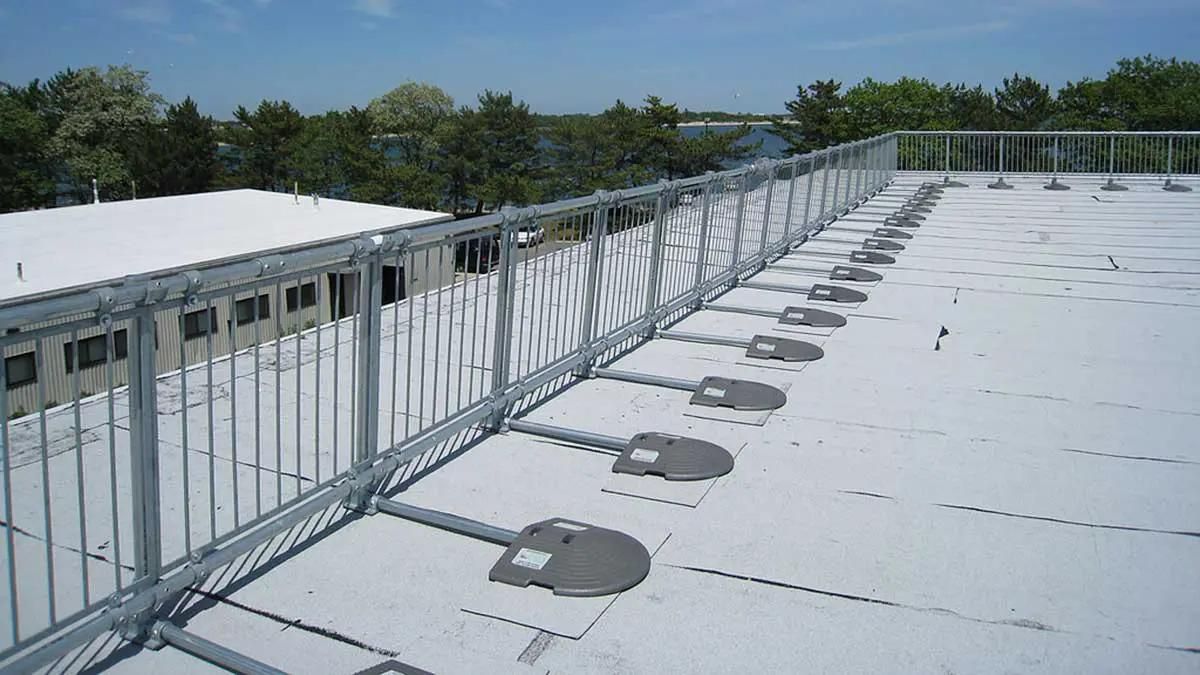

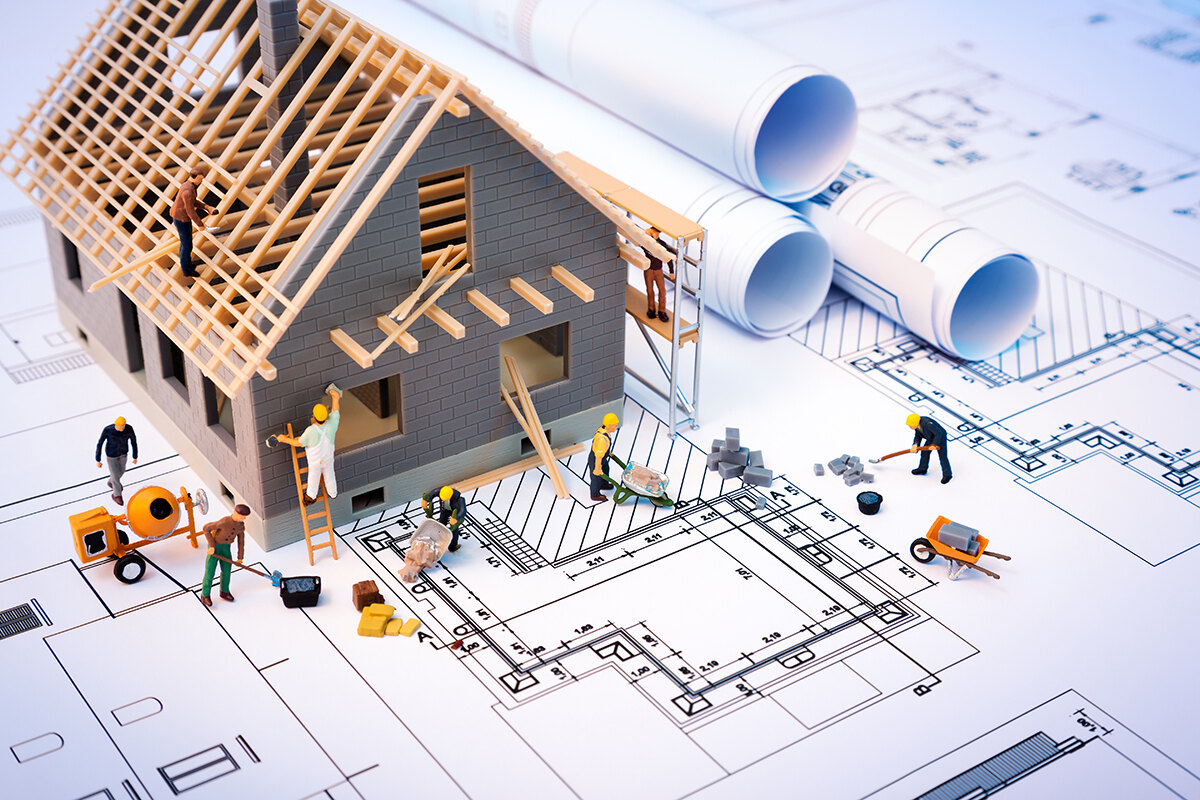

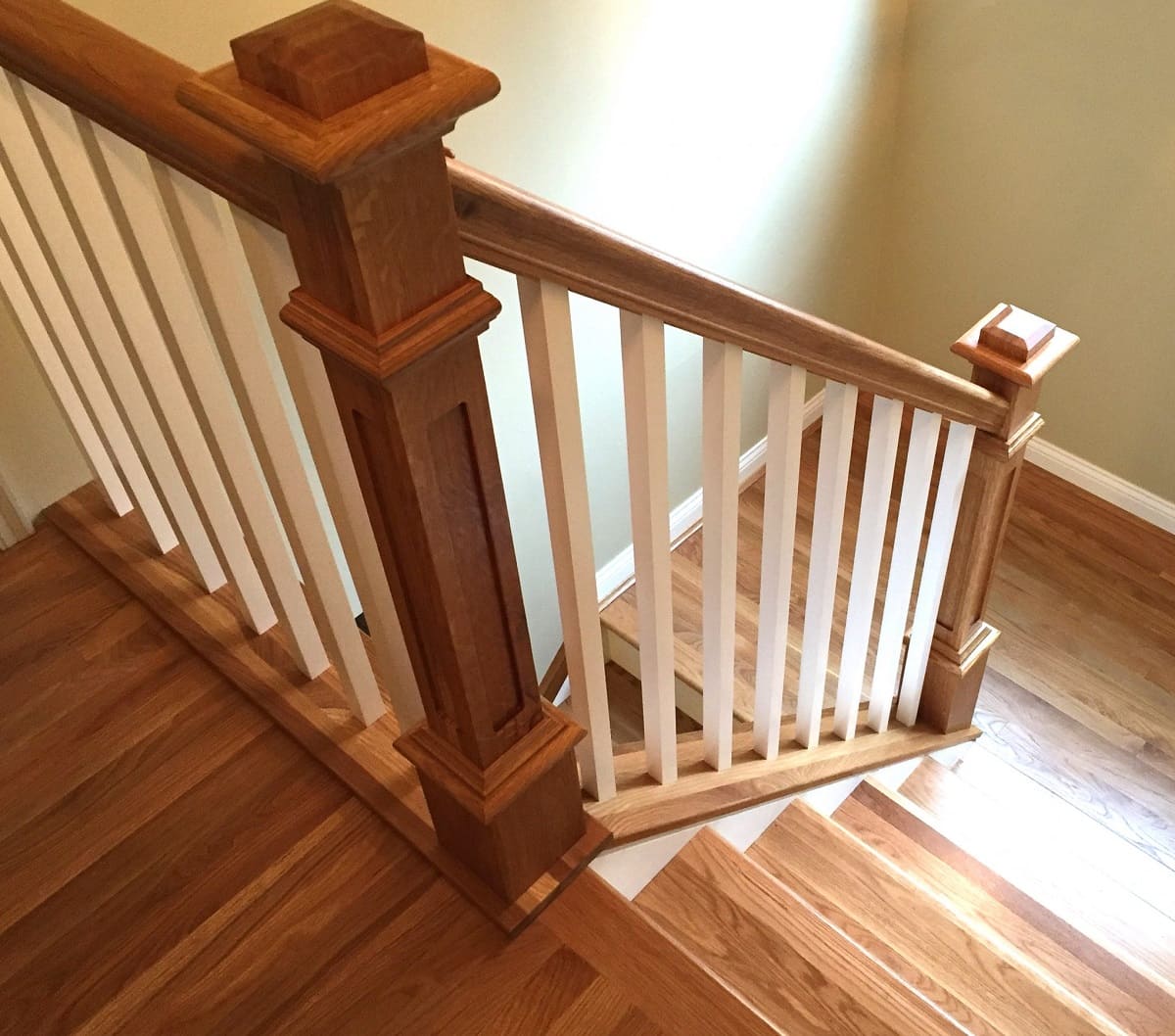

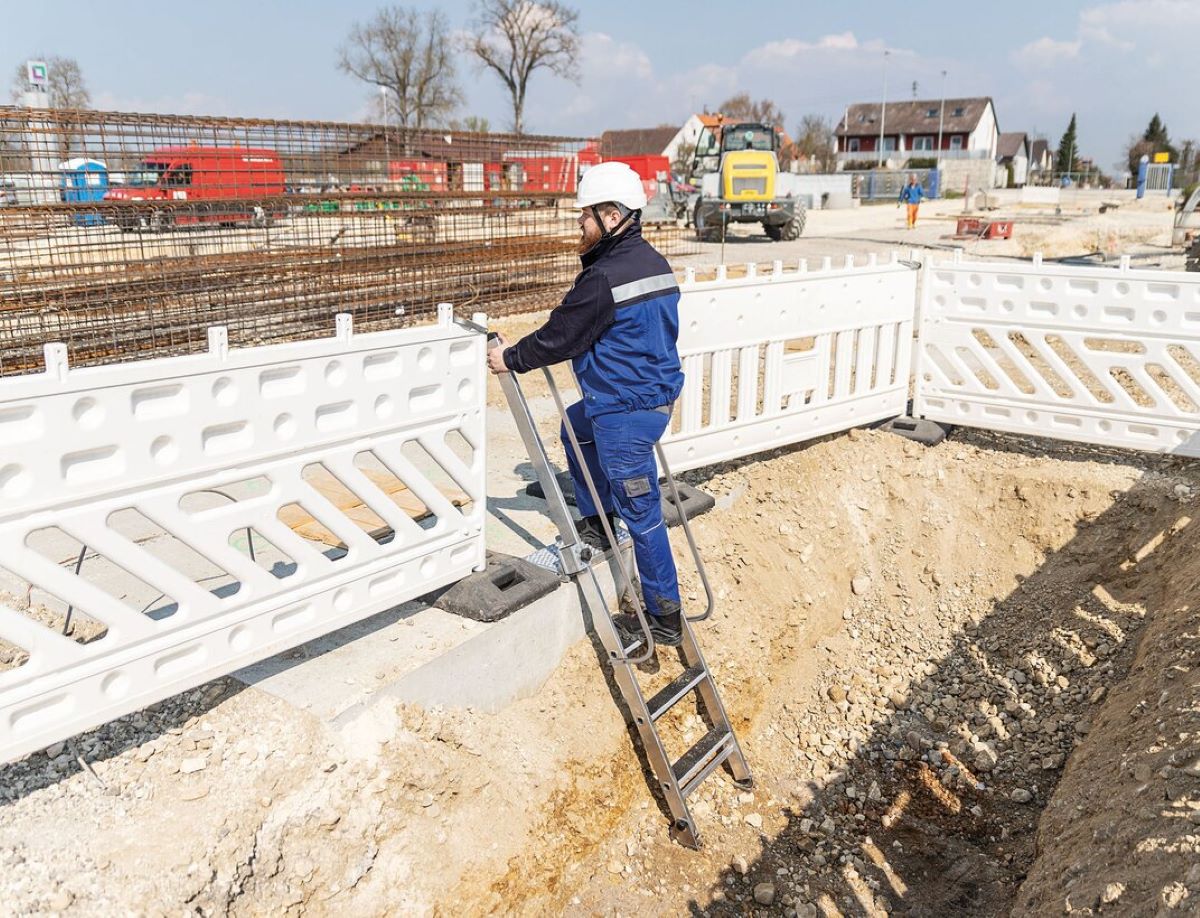


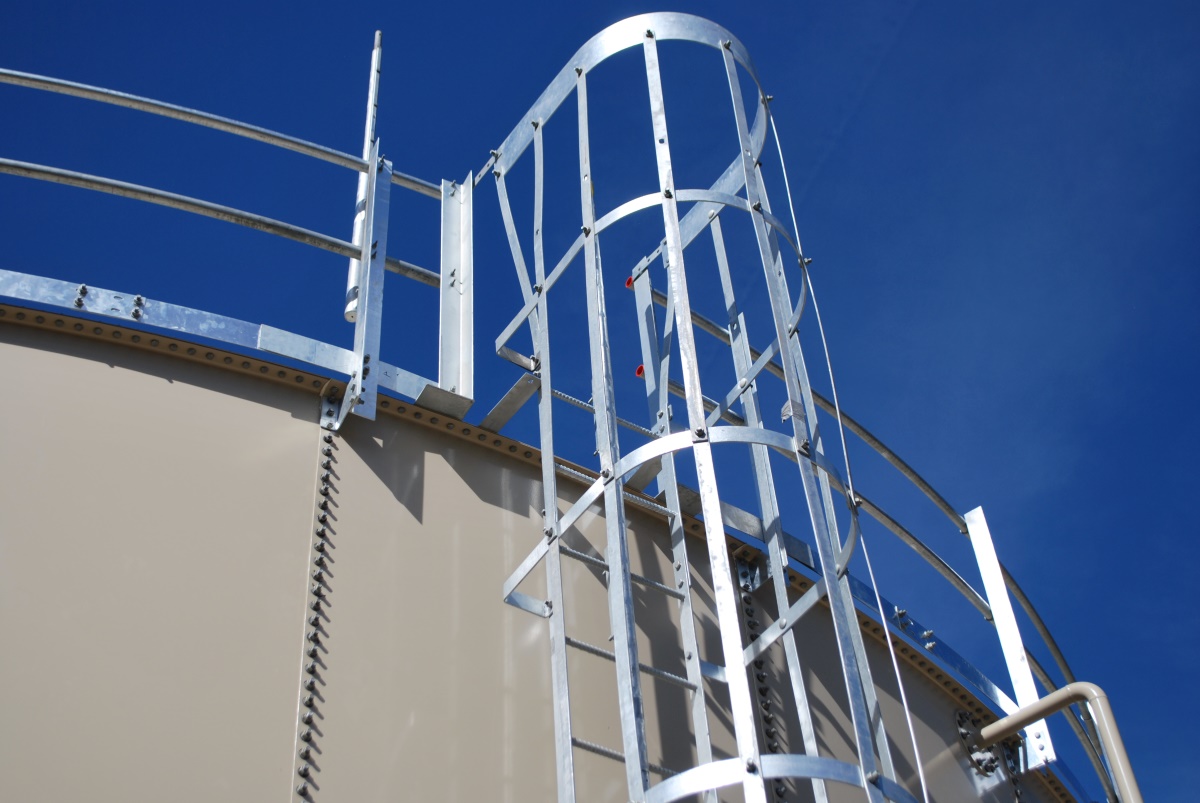

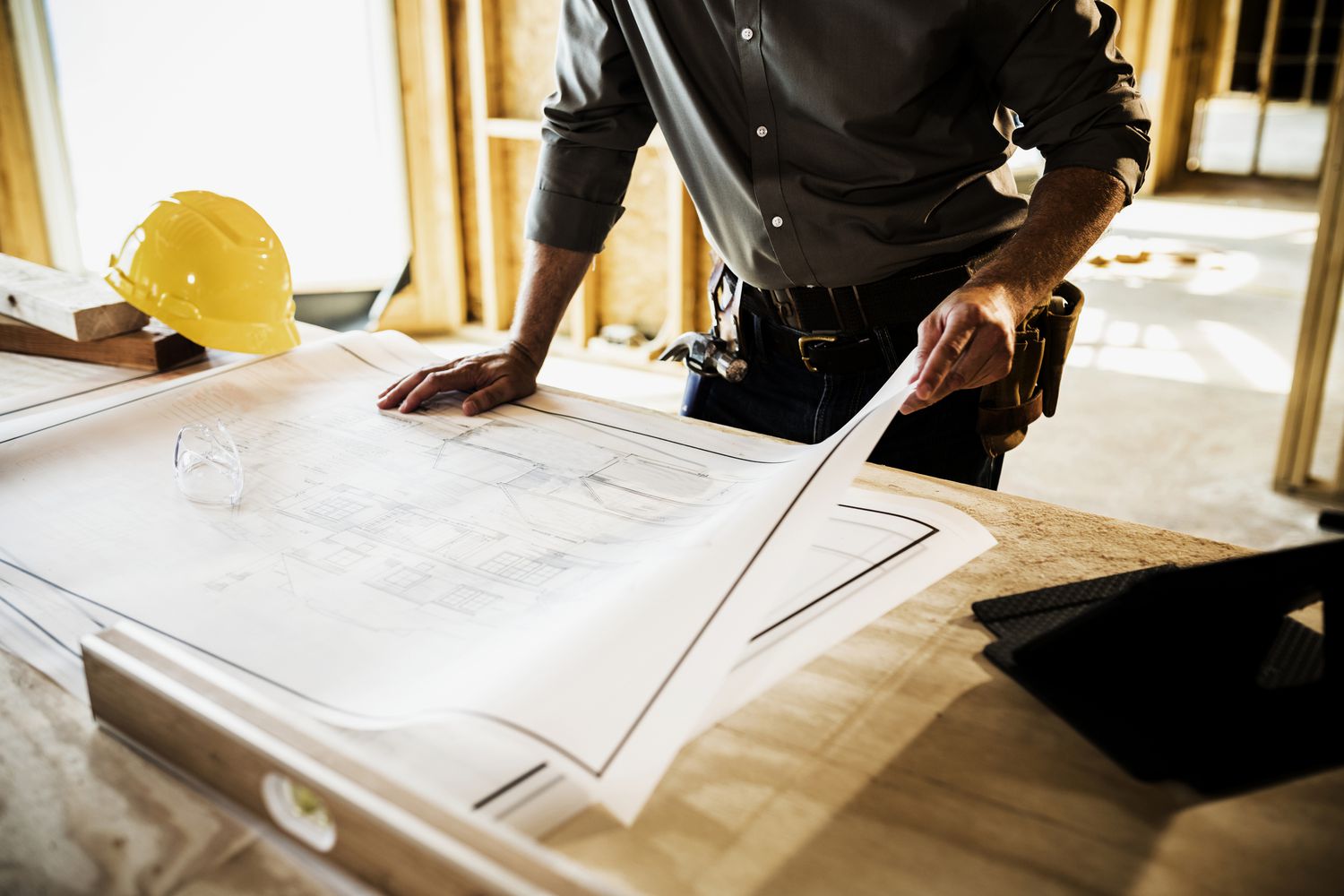
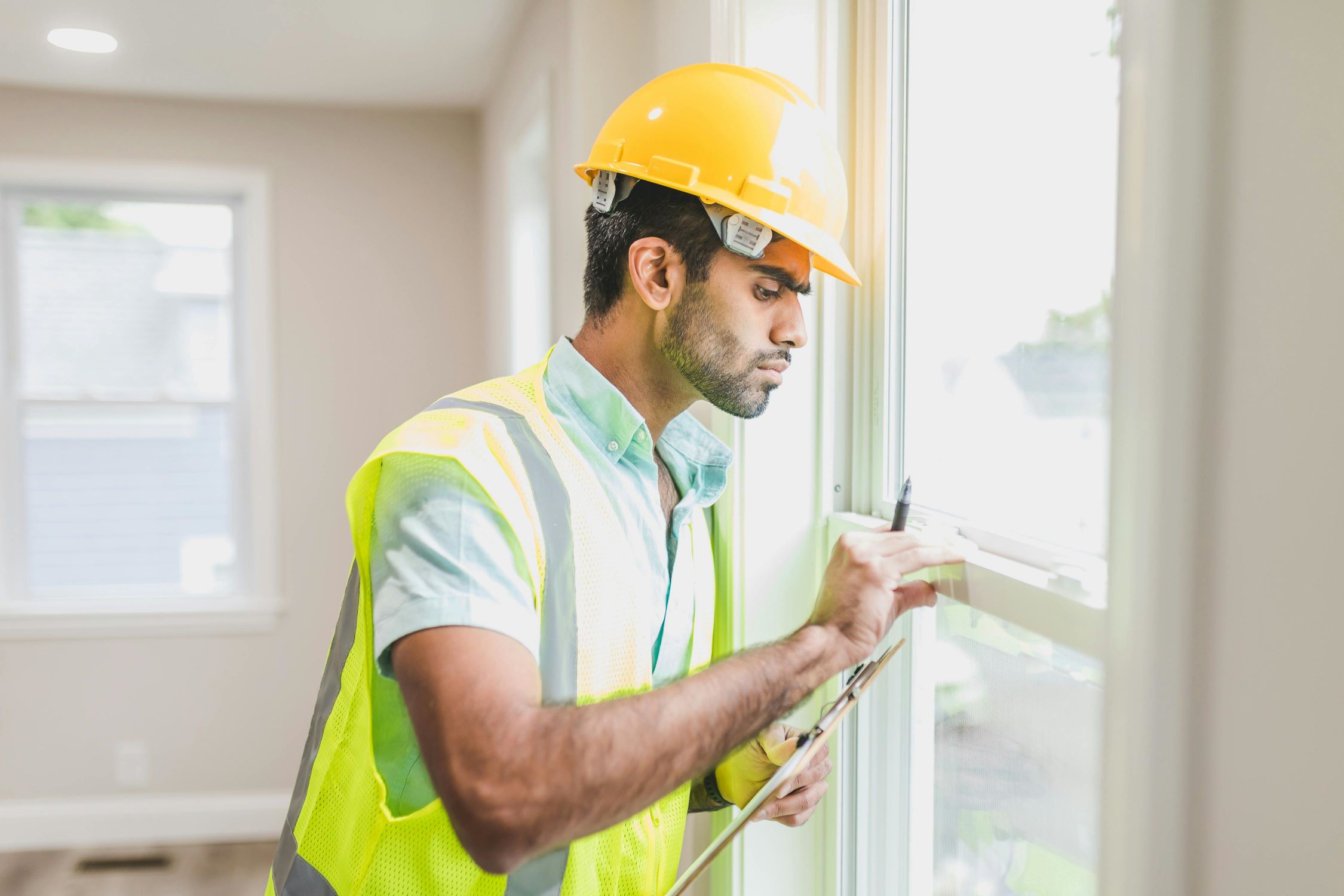
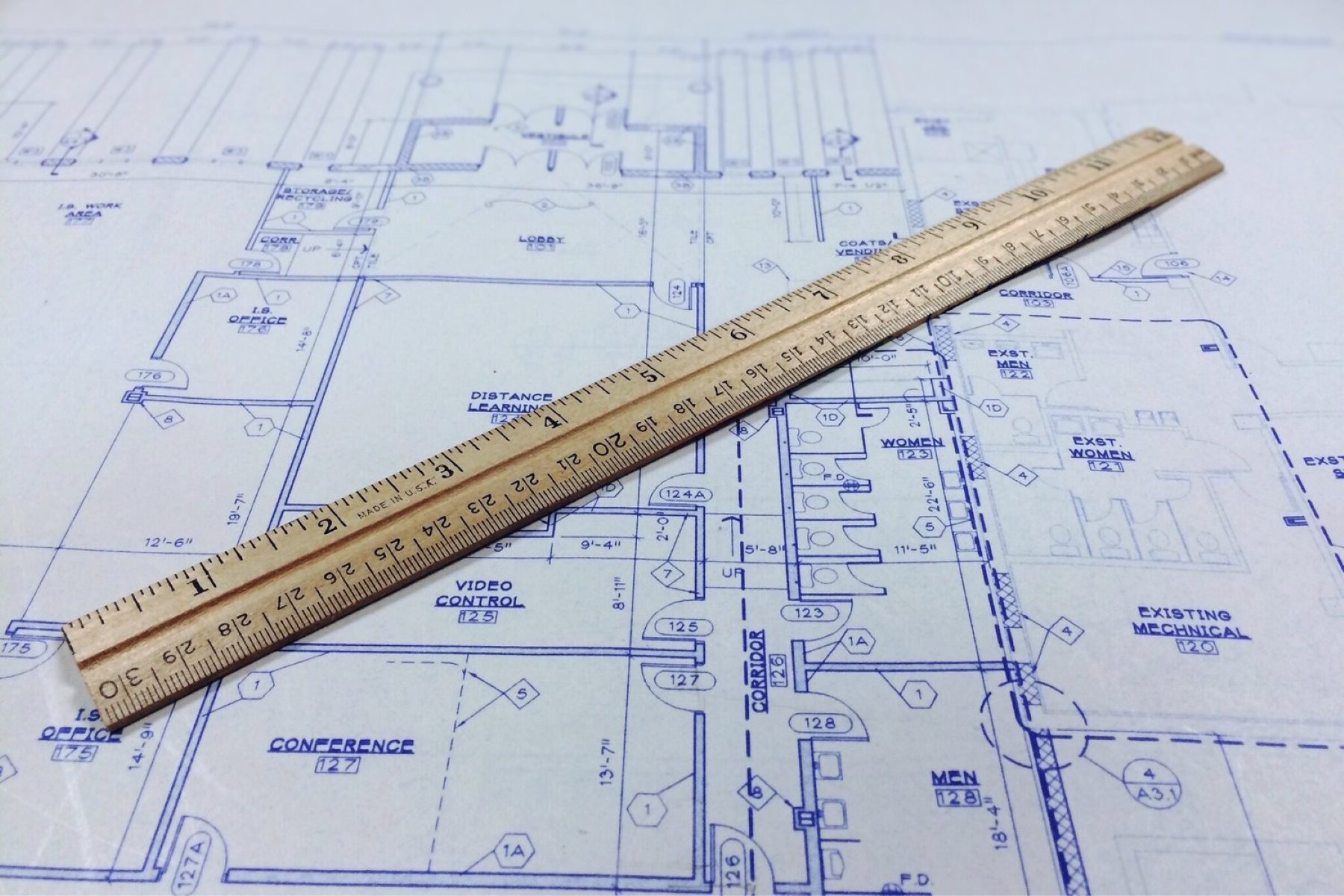

0 thoughts on “When Do You Require A Soil Report For House Design?”